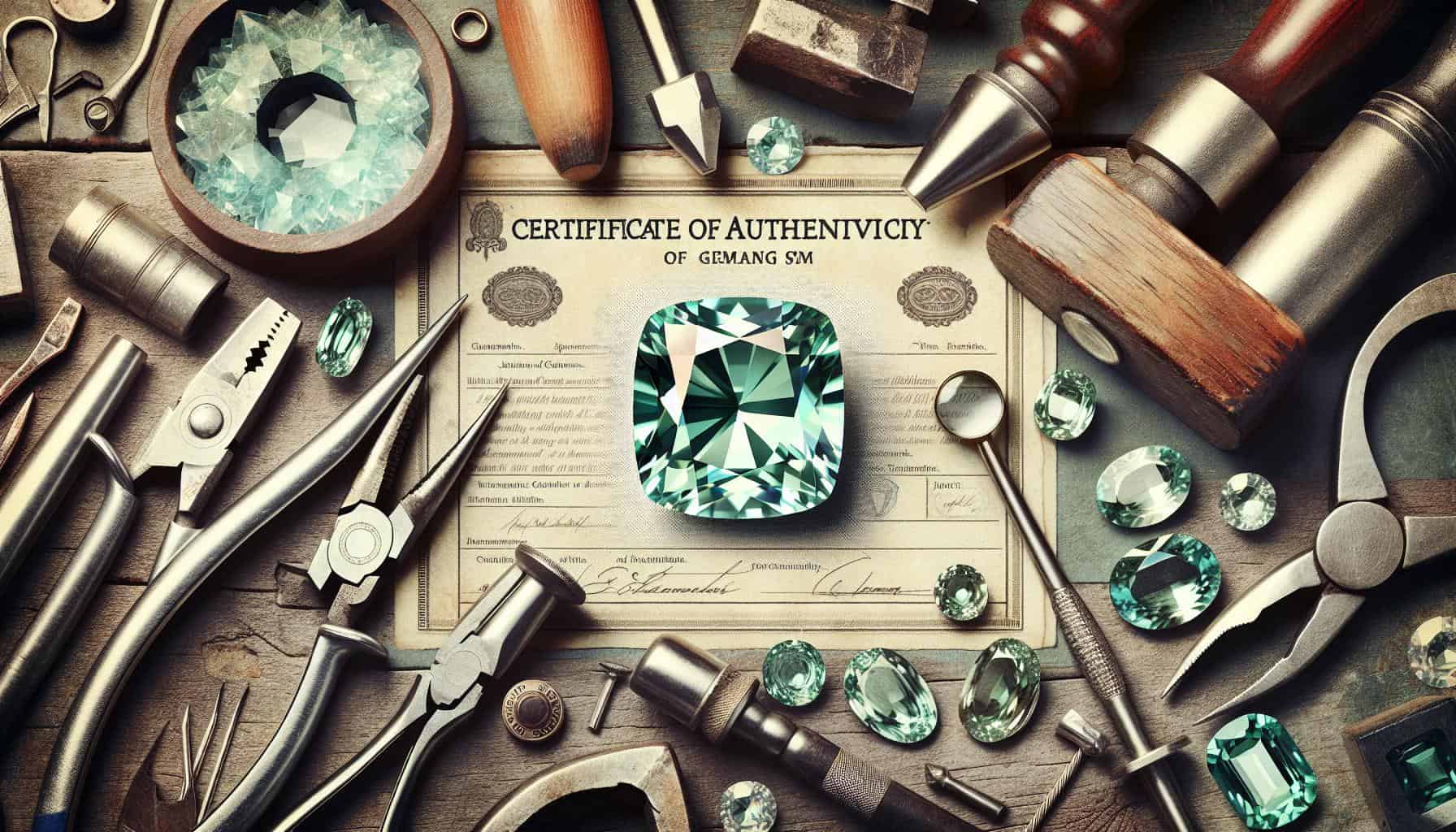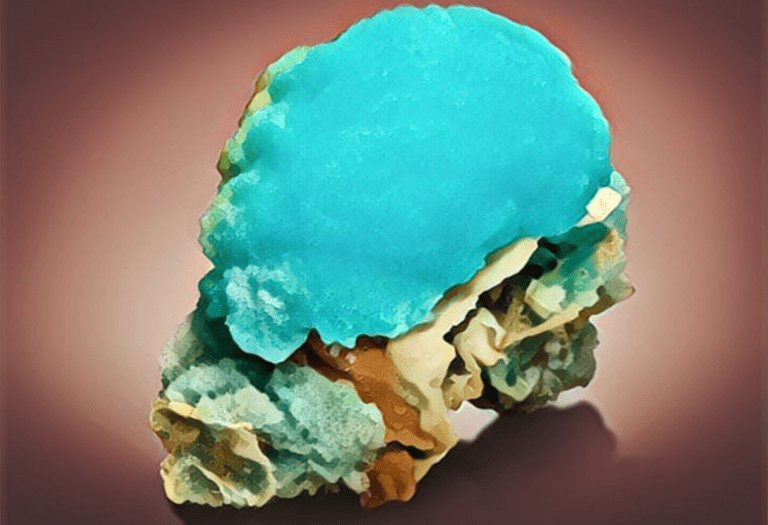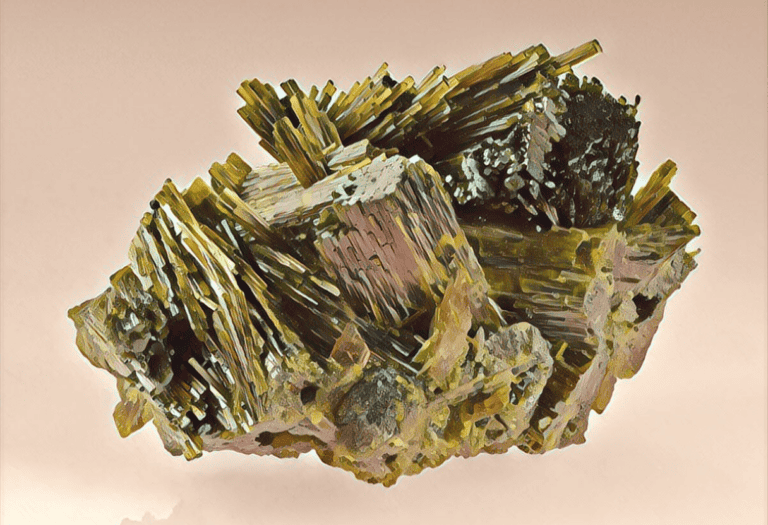Ever wondered about the value of that shimmering prasiolite piece in your jewelry collection?
If you’re curious about how much prasiolite is worth, you’re not alone. This captivating green quartz variety has been turning heads with its subtle allure and affordability.
Understanding prasiolite’s worth isn’t just about the price tag; it’s about appreciating the factors that influence its market value. From color intensity to clarity, and rarity to demand, there’s a lot that goes into determining the value of this gemstone.
Let’s dive into what makes prasiolite a unique addition to your treasure trove.
Prasiolite’s value is influenced by color intensity, clarity, and cut quality. Rare, naturally occurring prasiolite commands higher prices, especially with vivid green hues and minimal inclusions. Market demand and gemstone rarity also affect its worth. Well-cut prasiolite showcasing maximum brilliance and color enhances its appeal and value.
What Is Prasiolite?
Prasiolite, often referred to as green amethyst, is a rare variety of quartz that showcases a captivating green hue. It’s a member of the quartz family and shares many characteristics with its more well-known counterpart, purple amethyst. However, its unique color sets it apart and makes it a sought-after gemstone for jewelry enthusiasts.
Natural prasiolite is quite scarce. It’s primarily found in a small number of locations across the globe which includes Brazil, Poland, and Canada. More commonly, prasiolite is created through heat treatment of certain types of amethyst or yellowish quartz, which transforms into the captivating green color that you see on the market.
Its mesmerizing appeal is not its only asset; prasiolite is also known for its durability. With a hardness rating of 7 on the Mohs scale, it’s suitable for a variety of jewelry applications, resisting scratches and daily wear better than many other gemstones. This durability, combined with prasiolite’s unique charm, contributes to its desirability and value.
Prasiolite’s enchanting green shade can range from a light mint to a deep olive hue. The color can be pale or saturated, and like many gemstones, the deeper and more vivid the color, the more valuable the stone is likely to be. When shopping for prasiolite, you’ll often come across stones that have been expertly cut to enhance their clarity and maximize their sparkle, attributes that further reflect on the stone’s overall worth.
When you’re considering prasiolite for your collection, understanding the stone’s origins, properties, and market availability is crucial. You’re investing in a piece that’s not simply beautiful but also holds a distinctive place in the realm of gemstones, offering a balance of rarity, affordability, and the sophisticated allure that makes it an elegant selection for any jewelry piece.
Prasiolite Prices: Factors That Affect Value
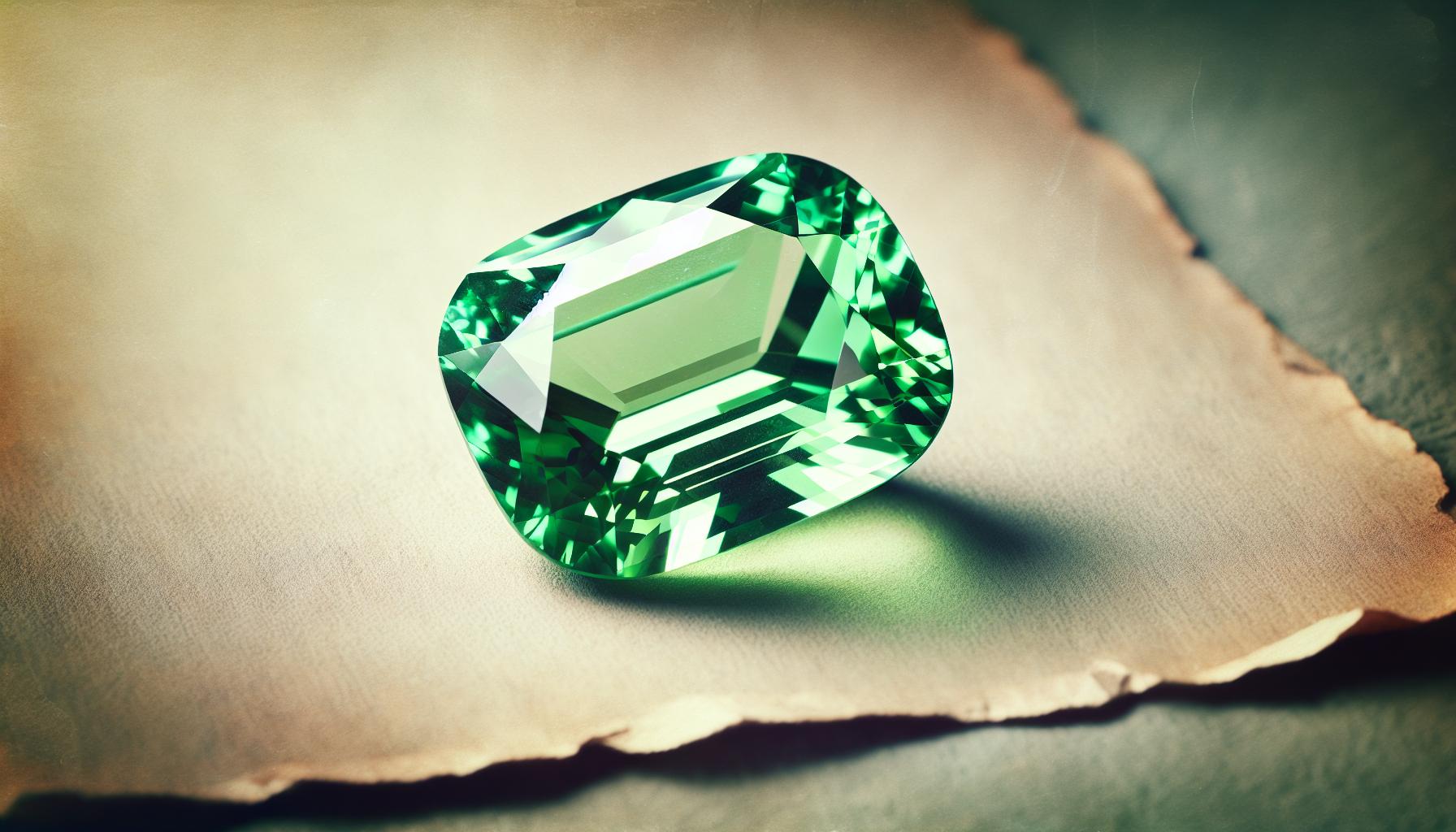
When you’re on the hunt for prasiolite, understanding the factors that influence its price is crucial. Several key aspects determine how much you’ll be paying for this striking green stone. Here’s what you need to know.
Color, Clarity, and Cut Quality
The color of prasiolite plays a pivotal role in its value. This gemstone’s enchanting green shade should be vibrant and consistent. A deeper or more intense green typically commands a higher price, while lighter, less saturated stones are more affordable.
Clarity is another significant factor. Prasiolite with fewer inclusions – those tiny natural imperfections found within gems – is considered more desirable, and thus more valuable. If you’re looking for top-quality prasiolite, aim for stones that are eye-clean, meaning no inclusions are visible without magnification.
Cut quality shouldn’t be underestimated either. A well-executed cut not only enhances the stone’s brilliance and fire but also optimizes its color and clarity. Precision in cutting can bring out the best in prasiolite, making it more appealing to buyers and collectors alike.
Market Demand and Availability
The price of prasiolite is also influenced by current market demand and its availability. Given that prasiolite isn’t found abundantly in nature, its rarity can drive up demand, particularly for natural stones.
Heat-treated stones, while more common, still require high-quality raw material, which can affect their availability. The price can fluctuate based on how readily available the untreated amethyst or yellowish quartz is before treatment.
Keep in mind that as trends evolve, so too does the popularity of certain gemstones. Prasiolite’s allure can see spikes in demand when it’s in fashion or when promoted by celebrity endorsements and prominent jewelers, further impacting its market value.
When you’re browsing for prasiolite, remember these variables to gauge why prices may vary from one piece to another. Whether you’re adding to your collection or selecting a special gift, knowing what contributes to the gemstone’s worth ensures you make an informed decision.
Understanding Prasiolite: A Rare Gem
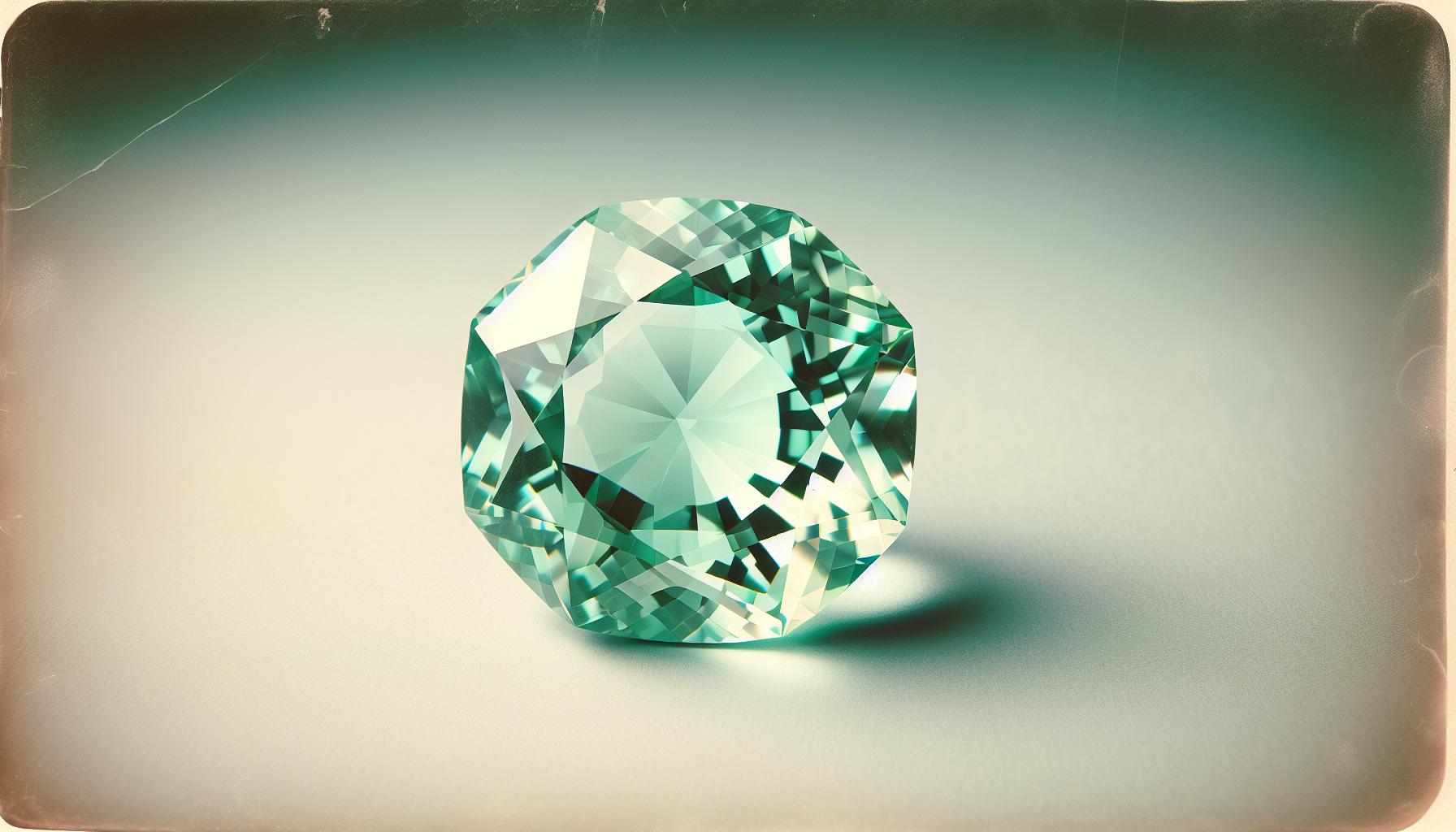
Prasiolite’s allure is wrapped up in its scarcity. As you delve into the world of gemstones, you’ll find that rarity often dictates value, and prasiolite is no exception. Recognizing the attributes that contribute to its rare status can help you appreciate the worth of this beautiful stone.
The Rarity of Prasiolite
Prasiolite, also known as vermarine or green amethyst, is a pale green quartz stone valued by collectors and jewel keepers alike. Unlike its purple counterpart, amethyst, which is found abundantly around the world, natural prasiolite is relatively rare. Most prasiolite on the market is artificially produced by heat-treating amethyst. This method is widely accepted due to the rarity of naturally occurring prasiolite, which can only be sourced from a limited number of locations. Because of its limited availability, natural prasiolite pieces often carry a significant premium.
Key sources for natural prasiolite include:
- Montezuma, Brazil
- Thunder Bay, Canada
- Poland
The distinct green hue of prasiolite is at its most valuable in what jewelers call “mint green.” Deeper green varieties are often the result of artificial treatments, and are less valuable than the naturally light-toned stones.
Origins and Characteristics
Prasiolite finds its origins in pockets of quartz where specific geological conditions have sparked a rare transformation. The stone’s formation involves natural heat and pressure processes, which occasionally alter the amethyst’s purple color to the coveted green of prasiolite.
This gemstone’s characteristics are marked by:
- A hardness of 7 on the Mohs scale
- A hexagonal crystal system
- Clarity that can range from transparent to translucent
The stone’s value is intricately connected to its place of origin because certain regions are known for yielding finer quality prasiolite. When you’re considering the worth of prasiolite, remember that the natural version boasts a unique story tied to its geographic history, making it not only a treasure of nature but also of place.
Prasiolite Grading and Valuation
The Grading System for Prasiolite
Prasiolite, like other gemstones, undergoes a rigorous grading system to determine its value. The key factors in grading prasiolite include color, clarity, cut, and carat weight – often referred to as the four Cs. The most sought-after prasiolite stones have a mint green hue, which is neither too pale nor too dark. Clarity is another crucial aspect, with those gems exhibiting fewer inclusions commanding higher prices. Precision in the cut enhances the stone’s brilliance and overall appearance, while the carat weight directly affects the value – larger stones are rare and thus more valuable.
It’s vital to recognize that the grading of prasiolite isn’t standardized across the industry. Unlike diamonds, which have a universally accepted grading system, the evaluation of prasiolite can vary between different gemologists and vendors. However, there’s a consensus that prasiolite must maintain a balance of its inherent characteristics to be considered of high quality.
Certification and Appraisal
When considering the purchase of prasiolite, it’s important you seek out third-party certification and appraisal. An independent certification from a reputable gemological laboratory provides an authoritative analysis of the gemstone’s characteristics and quality. This certification typically includes details about the prasiolite’s origin, treatments it has undergone (if any), and its grading based on the aforementioned four Cs.
Appraisal, on the other hand, gives you an estimate of the prasiolite’s monetary worth. Keep in mind that an appraisal value can differ from the actual market value; it’s often higher due to considerations for insurance replacement costs. For both certification and appraisal, ensure you’re working with certified professionals who adhere to the highest industry standards. These documents not only confirm your prasiolite’s authenticity and quality but also boost its resale value and buyer confidence.
By understanding the grading system and the importance of certification and appraisal, you can make more informed decisions when assessing the worth of prasiolite gemstones.
Current Market Trends in Prasiolite Pricing
The prasiolite gemstone, known for its captivating mint green shade, sees fluctuating values in the marketplace due to factors such as rarity, demand, and quality. In recent years, prasiolite has gained traction among gem enthusiasts who seek affordable yet beautiful alternatives to more expensive green gemstones like emeralds. As you delve into the market, you’ll notice a few key trends that have a direct impact on prasiolite pricing.
Supply and Demand Dynamics continue to influence prasiolite valuation. With a limited number of mines operating primarily in Brazil and a few other locations, high-quality prasiolite remains relatively rare. When you couple this with increasing consumer interest, prices for top-grade stones may rise. Yet, due to its affordability and growing appeal, the supply chain for prasiolite is becoming more robust, potentially stabilizing prices.
Market Preferences play a crucial role. The most sought-after prasiolite stones are those with a clear, deep mint green color and minimal inclusions. Gemstones meeting these criteria fetch higher prices, especially if they’re also well-cut to maximize brilliance.
Innovations in Gemstone Treatments can affect how prasiolite is valued. Enhanced treatment methods that improve clarity or color consistency might lead to more attractive stones, thereby affecting their desirability and cost.
Below is a table reflecting average prasiolite prices per carat, based on clarity and color:
| Color Quality | Clarity | Average Price per Carat (USD) |
|---|---|---|
| Top Mint Green | Flawless | $30 – $50 |
| Mint Green | Minor Inclusions | $20 – $35 |
| Pale Green | Visible Inclusions | $5 – $15 |
Remember, gemstone prices can vary depending on the size of the stone and the specific seller. Additionally, gemstones above a certain carat weight typically command a premium, as larger prasiolite examples with high clarity and optimal color are rarer.
When considering a prasiolite purchase, keep an eye on Current Auction Trends. Auction prices can provide insight into what collectors and high-end jewelry aficionados are willing to pay for exceptional specimens, potentially signaling the direction of market trends. Track recent auction results for large or particularly fine prasiolite stones to grasp these nuances.
The Most Expensive Prasiolite
When you’re in the market for prasiolite, you’ll find that the most expensive pieces stand out for their exceptional quality and rarity. These top-tier stones boast deep, saturated mint green colors, often accompanied by high clarity and substantial size. Collectors and jewelry connoisseurs will pay a premium for prasiolite that bears these characteristics, particularly when the stone has a natural origin without enhancements.
Gemstone connoisseurs often seek prasiolite from specific localities that are known for producing fine-quality stones. For instance, Brazilian prasiolite is highly prized and, depending on the market, can fetch higher prices due to its renowned quality. It’s not just the country of origin that matters, though. Cut and craftsmanship play a significant role in valuating prasiolite. A masterfully cut gem that maximizes the stone’s brilliance and color can be worth many times more than stones of similar size and clarity but of lesser cut quality.
In the realm of jewelry, designers frequently set premium prasiolite stones in precious metals such as platinum or gold, adding to the overall value. The addition of diamonds or other high-value gemstones in a piece of jewelry can escalate the worth substantially. It’s common to see the most expensive prasiolite pieces in exquisite settings, indicating the stone’s high status within the piece.
To give you an idea of the price spectrum for high-end prasiolite, prices can range remarkably based on the factors mentioned. Here’s a snapshot:
| Quality | Average Price Per Carat |
|---|---|
| High Clarity | $100 – $150 |
| Saturated Color | $150 – $200 |
| Exceptional Cut | $200 – $250 |
Remember, the market is dynamic, and these figures can evolve. Jewelers and auction houses often have the most current pricing information. It’s also recommended to have prasiolite appraised by a certified gemologist to ensure you’re getting the value you’re paying for.
As you consider investing in prasiolite, pay attention to these markers of high value and be prepared to invest in the stone’s provenance, beauty, and craftsmanship.
Buying Prasiolite: Tips and Recommendations
Where to Purchase High-Quality Prasiolite
When seeking to add a prasiolite to your collection, your choice of seller is paramount. Reputable gemstone dealers and established jewelry stores often have a broad selection of high-quality stones. Look for merchants who specialize in colored gemstones as they are more likely to understand the importance of cut, clarity, and color in prasiolite.
Additionally, online marketplaces can be a treasure trove for prasiolite finds. Here’s what you should consider:
- Read customer reviews and ratings to gauge the reliability of the seller.
- Examine high-resolution images of the gemstone, ensuring they are not stock photos but actual representations of the stone you’re interested in.
- Check the return policy in case the stone does not meet your expectations upon arrival.
For those with a keen eye for detail, gemstone exhibitions and trade shows offer the opportunity to view prasiolite in person. Here, you can directly interact with the vendors, ask questions, and compare various specimens side-by-side.
Ensuring Authenticity and Value
With prasiolite’s value dependent on several factors, it’s crucial to guarantee you’re getting what you pay for. Always request a certificate of authenticity when purchasing prasiolite. This document should come from a reputable lab and will confirm the gemstone’s natural origin and quality.
To further ensure value:
- Inquire about the stone’s treatment history. Untreated natural prasiolite is more valuable than treated stones.
- Clarify if the stone is natural prasiolite or greened amethyst, as this distinction can affect worth.
- Ask for details on the stone’s origin, as certain locales are renowned for producing superior prasiolite.
Investing in a professional appraisal from a certified gemologist can also provide peace of mind about your purchase. Not only will this confirm the stone’s authenticity, but it will also give a clear picture of its current market value, which is useful for insurance purposes or future resale.
By following these tips and recommendations, you’ll equip yourself with the knowledge needed to identify and purchase a high-quality prasiolite, ensuring both satisfaction and a valuable addition to your gemstone collection.
Conclusion: Buying & Selling Prasiolite
You now understand that the worth of prasiolite is more than just its price tag.
It’s about the quality, authenticity, and the story behind each stone. Armed with the knowledge of what to look for and where to find it, you’re well-equipped to make an informed decision when purchasing this alluring gemstone. Remember to prioritize reputable sellers and professional appraisals to truly uncover the splendor and value of prasiolite.
With these insights, you’re ready to add a piece of this serene green quartz to your collection, confident in its worth and the elegance it brings.

